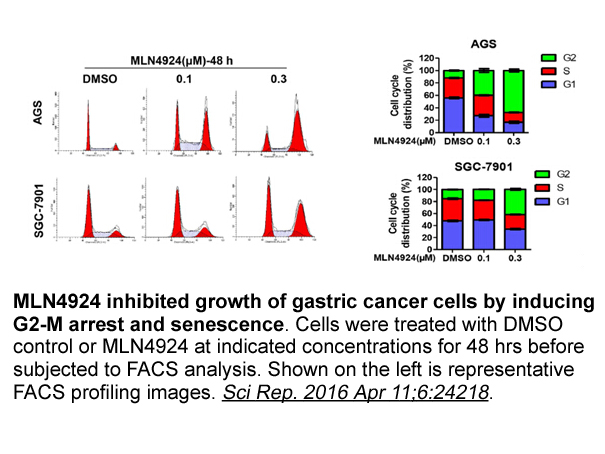Archives
Another possible explanation of the increased BOP levels
Another possible explanation of the increased BOP levels might be excess cement. In the present study, cement-retained fixed restorations were used. Cementation of the implant-supported restorations may cause the insufficient removal of excess cement from the peri-implant sulcus. Also, the placement of the restoration margins deeper than 1mm from the gingival margin, the risk of cement excess increased and makes it difficult for the clinician to remove the excess cement (Kotsakis et al., 2016). Excess cement might promote the formation of a biofilm (Busscher, Rinastiti, Siswomihardjo, & van der Mei, 2010) and leading to Monastrol australia in the peri-implant tissues (Korsch, Robra, & Walther, 2015a; Wilson, 2009). Korsch, Robra, & Walther, (2015b) reported that the BOP was significantly associated with the excess cement. In our study, the increased BOP levels with the lower levels of other clinical parameters might be due to the excess cement. Although the clinical efforts were made to ensure that no residual cement was remained during prosthetic rehabilitation to avoid cement-associated biological complications, it is not always possible to remove all the excess cement clinically. However, when the peri-implant inflammation around different retention types were investigated. Kotsakis et al. (2016) showed no association between retention type (cemented or screwed) and peri-implant disease. Similar results were reported in a 15- year follow up study, in which no association between cement retained restorations and peri-implant disease were shown (Nissan, Narobai, Gross, Ghelfan, & Chaushu, 2011).
In their review, Mombelli, Müller, & Cionca, (2012) reported that the disproportion between the BOP and clinical parameters in several cohorts indicated that the false-positive rate is high. Ferreira et al. (2009) also reported the incompatibility of bleeding with the histological evaluation. Therefore, all clinical measurement outcomes suggested that peri-implant health was maintained after loading, despite the increased level of bleeding.
The NO content of PISF reflects two different measures and can serve as an indicator of peri-implant soft tissue inflammation and/or bone response to force application and loading (Tözüm et al., 2005, Tözüm et al., 2007a).
In the present study, NO and arginase levels were found to be similar between teeth and implants at baseline. After loading, NO levels in PISF showed an increased pattern at months 3 and 6, compared to baseline. On the other hand, salivary NO levels did not change significantly during the study period. This finding is in line with the suggested role of occlusal forces on bone surrounding implants. Moreover, mechanic stimulus has an influence on cells involved in osteogenesis (Badillo-Perona, Cano-Sanchez, Campo-Trapero, & Bascones-Martinez, 2011). Loading-induced fluid flow regulates bone production by increasing the NO level (Burger & Klein-Nulen, 1999). Güncü, Tözüm, Güncü, Yamalik, & Tümer, (2008) compared the NO levels in PISF between immediately and conventionally loaded dental implants. In conventionally loaded implants, crowns were cemented onto the implant abutment in postoperativ e month 3, as we did in our study, and NO levels were found to be increased from baseline to month 3. Interestingly, a decrease in NO level was observed between months 3 and 6 with the lowest at month 12, while a marginal bone gain of 0.22 and 0.09mm was noticed between months 6 and 12, respectively. Tözüm et al. (2005) reported increased levels of NO in PISF collected from early loaded implants between months 3 and 9 after loading; whereas in delayed loaded implants, NO levels showed a reduction between months 3 and 6. In our delayed loaded implants, NO levels increased from months 3 to 6, although this increase was not found to be significant. On the other hand, Güncü et al. (2008) showed a decreased pattern of NO metabolism around dental implants during a 12-month follow-up period.
e month 3, as we did in our study, and NO levels were found to be increased from baseline to month 3. Interestingly, a decrease in NO level was observed between months 3 and 6 with the lowest at month 12, while a marginal bone gain of 0.22 and 0.09mm was noticed between months 6 and 12, respectively. Tözüm et al. (2005) reported increased levels of NO in PISF collected from early loaded implants between months 3 and 9 after loading; whereas in delayed loaded implants, NO levels showed a reduction between months 3 and 6. In our delayed loaded implants, NO levels increased from months 3 to 6, although this increase was not found to be significant. On the other hand, Güncü et al. (2008) showed a decreased pattern of NO metabolism around dental implants during a 12-month follow-up period.